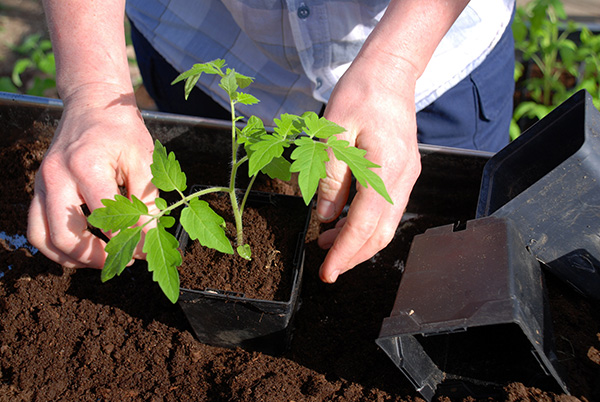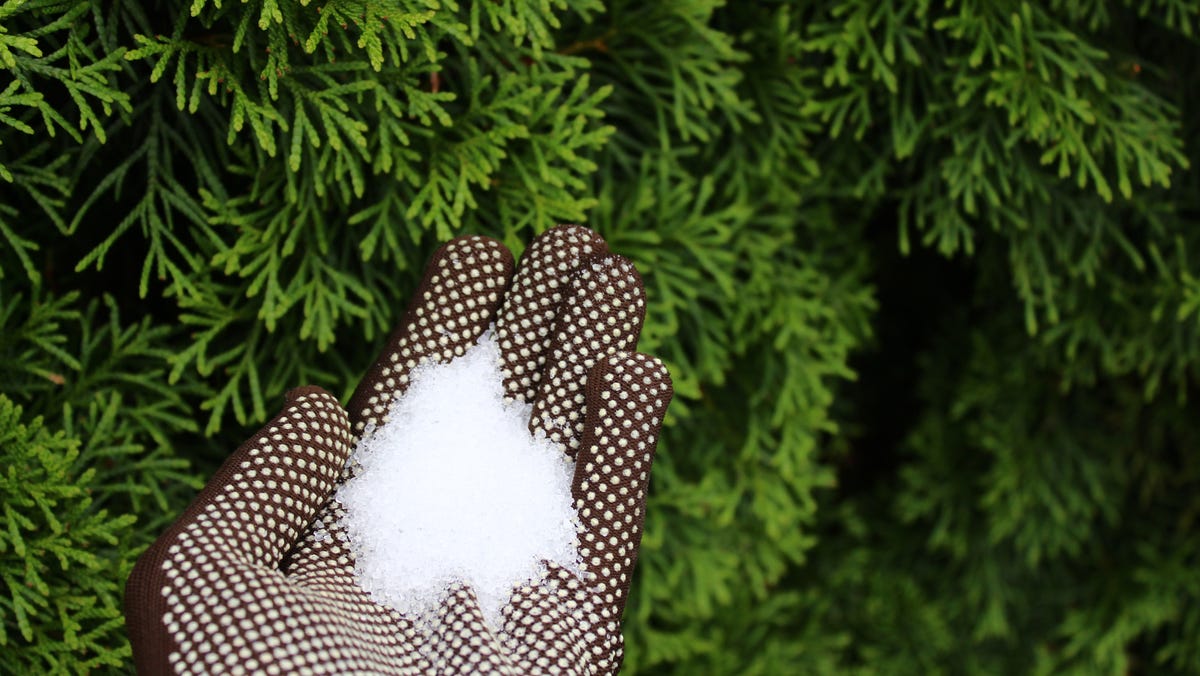Learn Concerning the Particular Plants That Are Adversely Influenced by Epsom Salt Application
Epsom salt, a prominent household solution for various horticulture troubles, is commonly commended for its helpful results on plant growth. Understanding the certain plants that can be negatively affected by Epsom salt is vital for any kind of gardener looking to maximize their plant treatment regimen.
Roses

Roses, specifically conscious modifications in their setting, can be negatively impacted by the application of Epsom salt. While Epsom salt is frequently utilized as a fertilizer to advertise plant growth and improve flowering, roses are among the plants that do not respond well to its application. The high magnesium material in Epsom salt can hinder the uptake of various other vital nutrients by the rose plants, bring about deficiencies that materialize as yellowing fallen leaves or stunted development.

Tomatoes
Tomatoes, recognized for their flexibility in culinary applications, can show adverse results when exposed to Epsom salt because of their details nutrient requirements. While Epsom salt is frequently touted as a solution for different plant concerns, consisting of bloom end rot in tomatoes, its application can lead to detrimental outcomes otherwise made use of deliberately. Tomatoes are heavy feeders that require a balanced consumption of nutrients, particularly calcium, to prosper. Extreme Epsom salt, which is magnesium sulfate, can interrupt the fragile nutrient balance required by tomatoes, possibly causing shortages in various other important nutrients like calcium. This inequality might materialize in signs and symptoms such as stunted growth, yellowing leaves, or perhaps reduced fruit production in tomatoes. When thinking about the usage of Epsom salt on tomatoes, it is critical to adhere to suggested application prices and soil screening to avoid unexpected repercussions on the general health and efficiency of these cherished yard plants.
Peppers
Peppers, admired for their different shades and levels of spiciness, can show vulnerability to adverse effects from Epsom salt when not used with treatment and consideration for their particular nutritional requirements. what plants don't like epsom salt. Peppers, belonging to the Solanaceae family members, need a fragile balance of nutrients to grow. While Epsom salt is understood to enhance magnesium degrees in plants, extreme application can disrupt this equilibrium, leading to unfavorable effects on pepper plants
When peppers are exposed to high levels of magnesium from Epsom salt, it can hinder the plant's ability to soak up various other vital nutrients like calcium and potassium. This discrepancy may materialize in signs and symptoms such as leaf staining, stunted development, and minimized fruit production. In addition, Source the excessive magnesium can alter the soil pH, additional intensifying nutrient uptake issues for peppers.

Rhododendrons
Provided the level of sensitivity of particular plant species to inequalities triggered by Epsom salt, it is important to think about the influence on Rhododendrons, which additionally need specific nutrient degrees to flourish. Rhododendrons are acid-loving plants that prefer acidic soil problems with a pH variety in between 4.5 and 6.0. Epsom salt, chemically called magnesium sulfate, can modify the dirt pH and disrupt the delicate equilibrium of nutrients vital for Rhododendron health.

To keep the optimum development and health and wellness of Rhododendrons, it find here is important to prevent the unplanned use Epsom salt and rather concentrate on supplying the details acidic soil problems and nutrients that these plants need for prospering.
Azaleas
These preferred blooming plants are commonly discovered in parks, yards, and landscapes due to their charm and flexibility. While Epsom salt is frequently made use of as a remedy for magnesium deficiency in plants, its application to azaleas can have negative results.
When Epsom salt is put on azaleas, it can modify the soil pH, making it more acidic. Azaleas prefer somewhat acidic soil conditions, and an unwanted of magnesium from Epsom salt can disrupt this balance, leading to nutrient discrepancies and prospective toxicity issues. The wrong application of Epsom salt can lead to stunted growth, yellowing of leaves, and total decline in the health and wellness of azaleas. It is crucial to be mindful when considering the usage of Epsom salt on azaleas to prevent any unfavorable repercussions on these fragile ornamental bushes.
Final Thought
To conclude, it is very important to be familiar with the particular plants that can be adversely influenced by the application of Epsom salt. Roses, tomatoes, rhododendrons, azaleas, and peppers are some examples of plants that might not take advantage of Epsom salt and can even experience damage. It is crucial to study and comprehend the demands of each plant varieties prior to using Epsom salt as a plant food to ensure their wellness and well-being.
Comprehending the particular plants that can be negatively impacted by Epsom salt is critical for any gardener looking to maximize their plant care regimen. While Epsom salt is typically used as a fertilizer to promote plant growth and improve blooming, roses are one of the plants that do not react well to its application.Extreme use visit this site right here of Epsom salt can additionally result in an accumulation of salts in the dirt, leading to root damages and dehydration of the rose plants. While Epsom salt is known to increase magnesium levels in plants, too much application can interrupt this equilibrium, leading to negative results on pepper plants.
The high salt content in Epsom salt can likewise dry out Rhododendron roots, triggering additional tension and damage to the plant. (what plants don't like epsom salt)